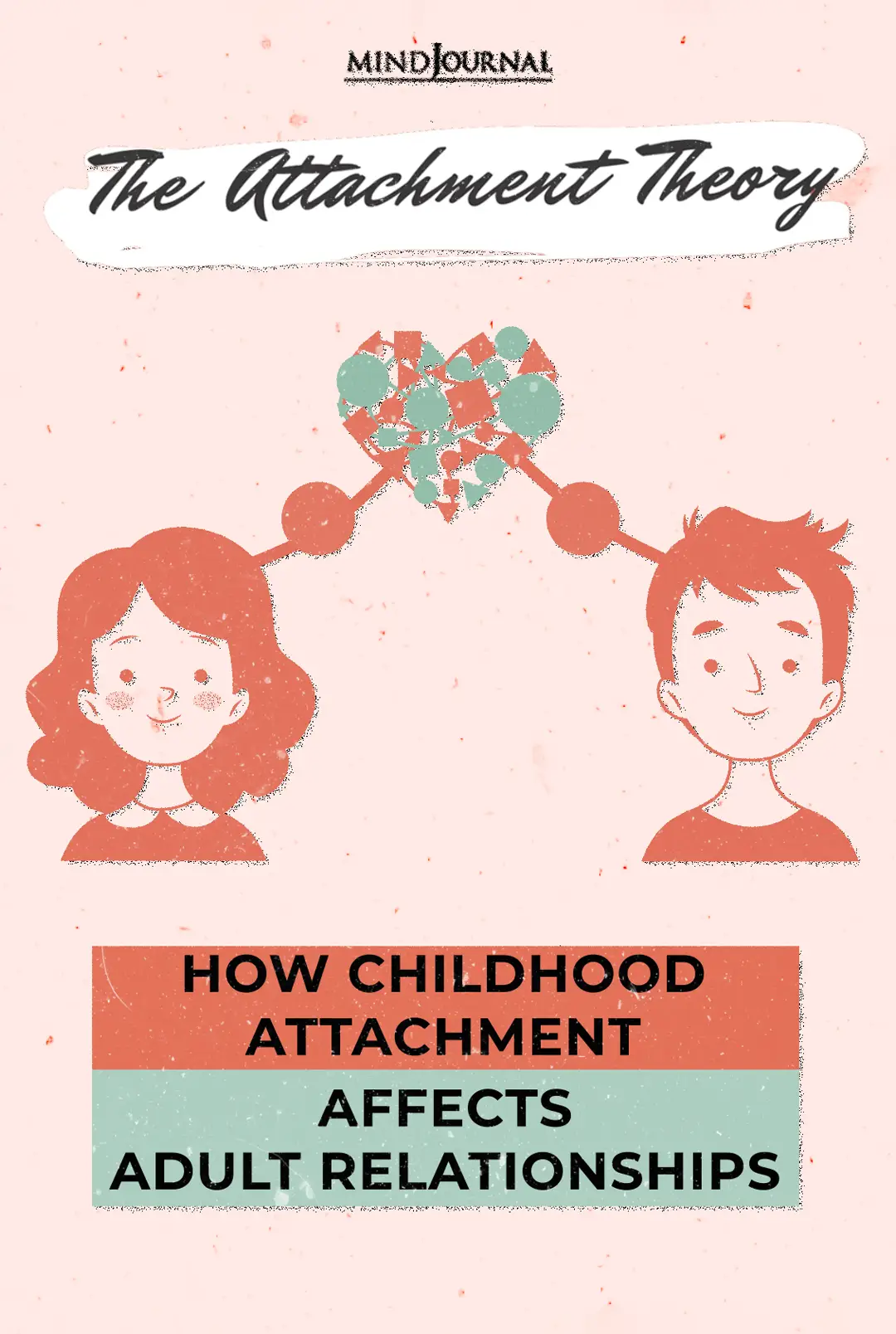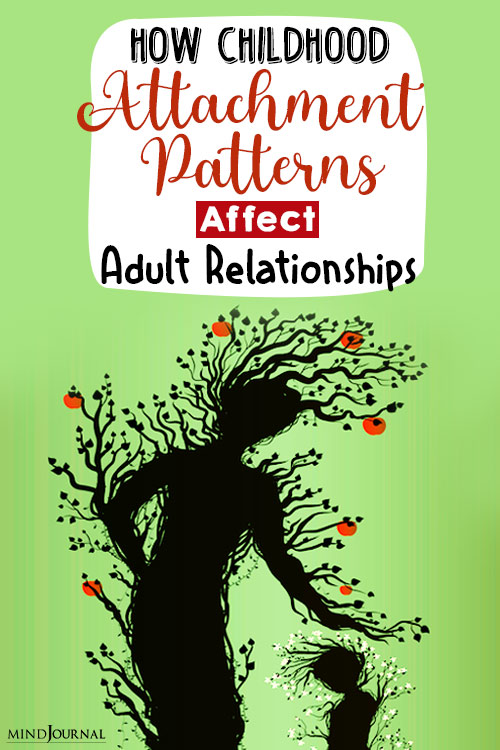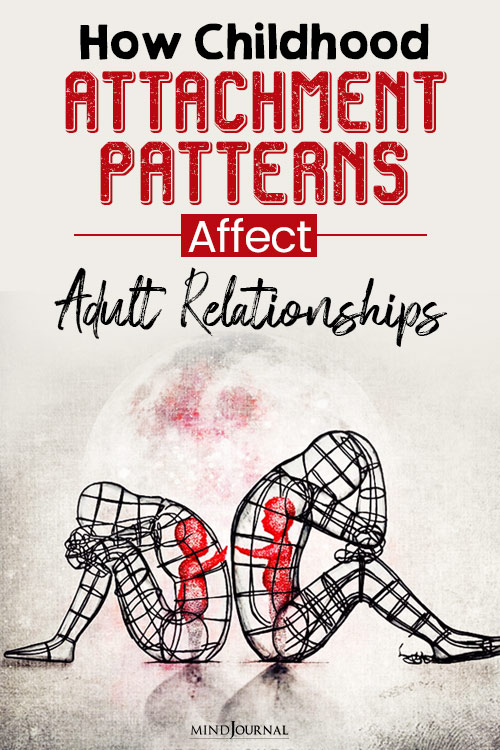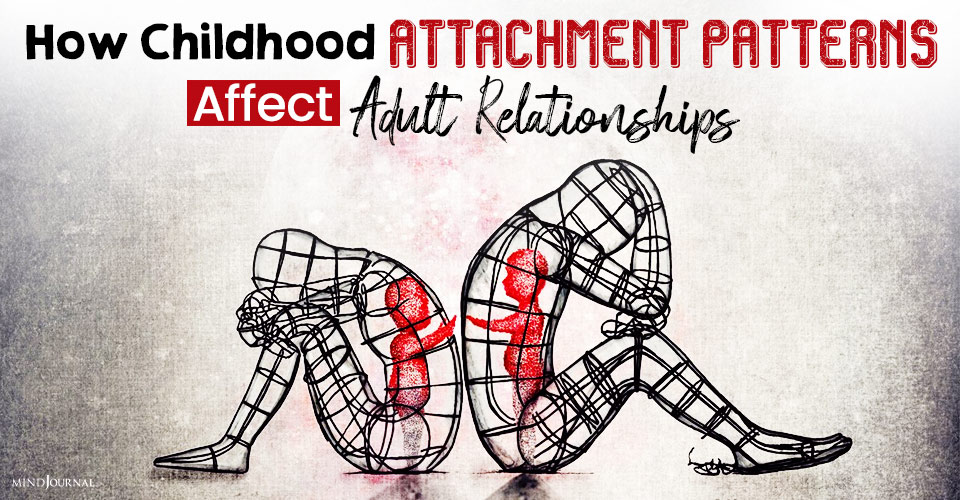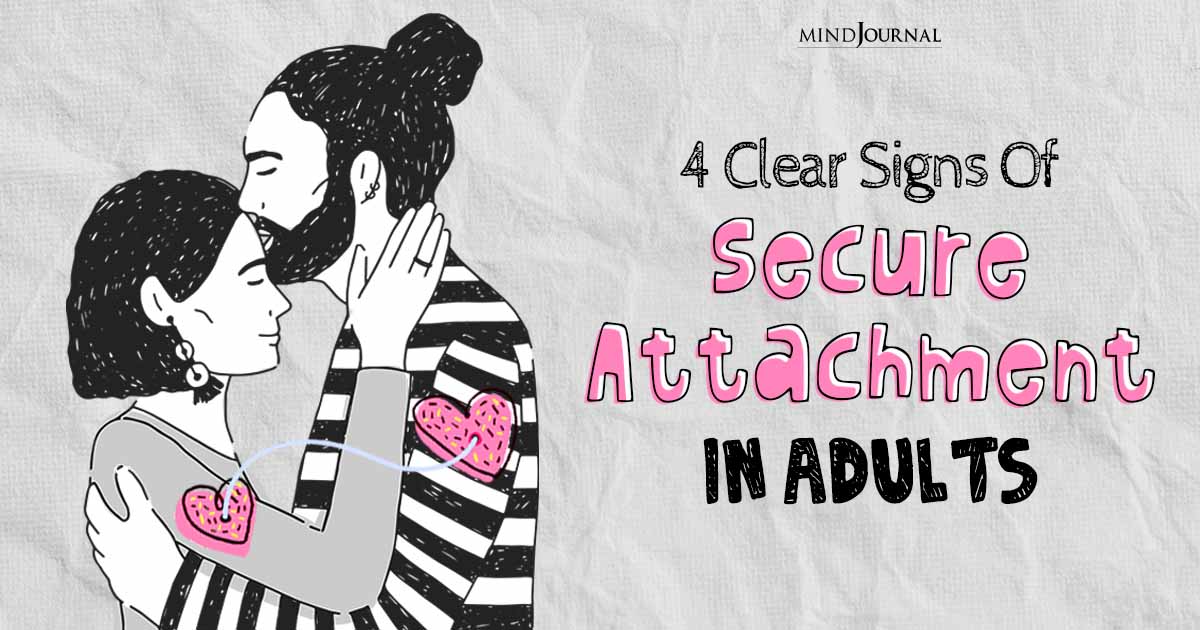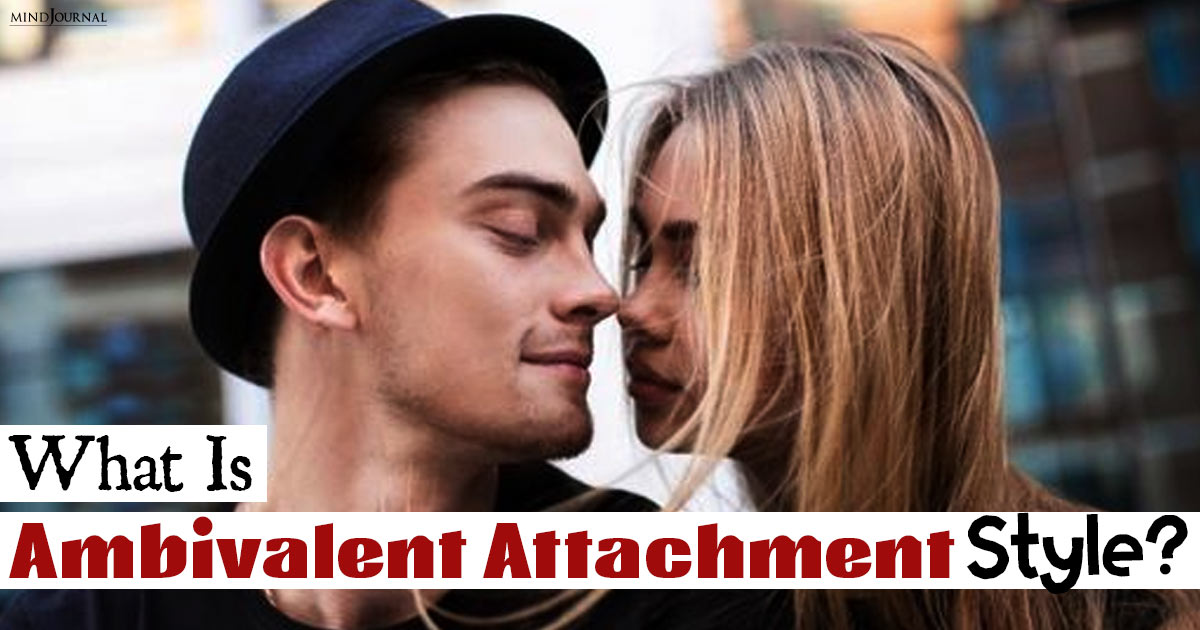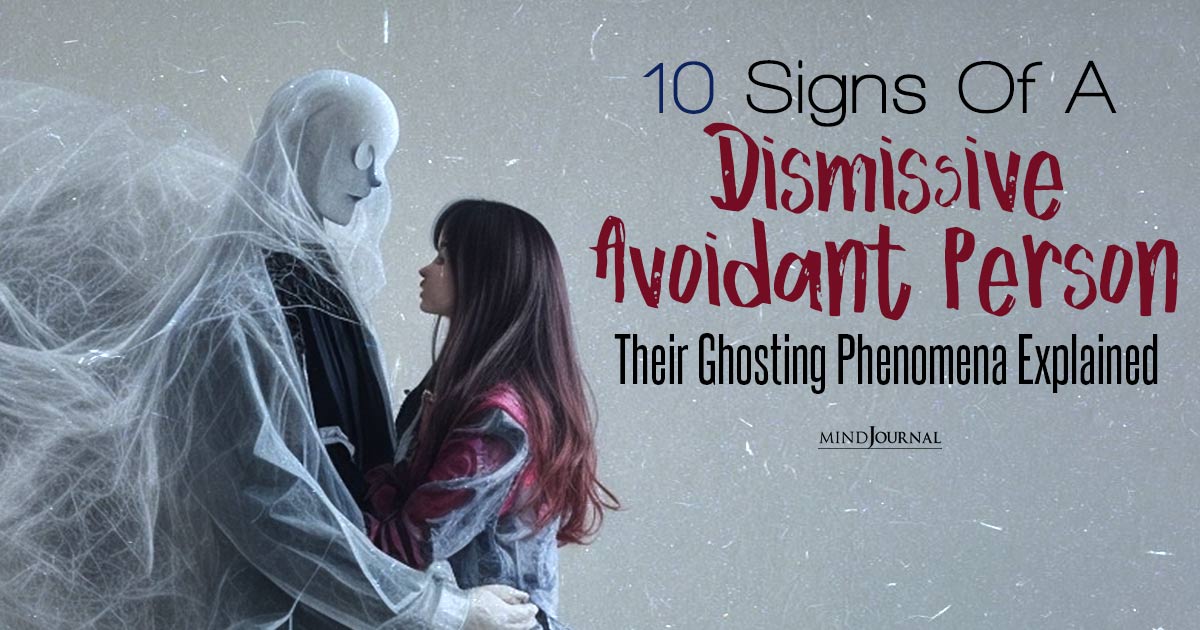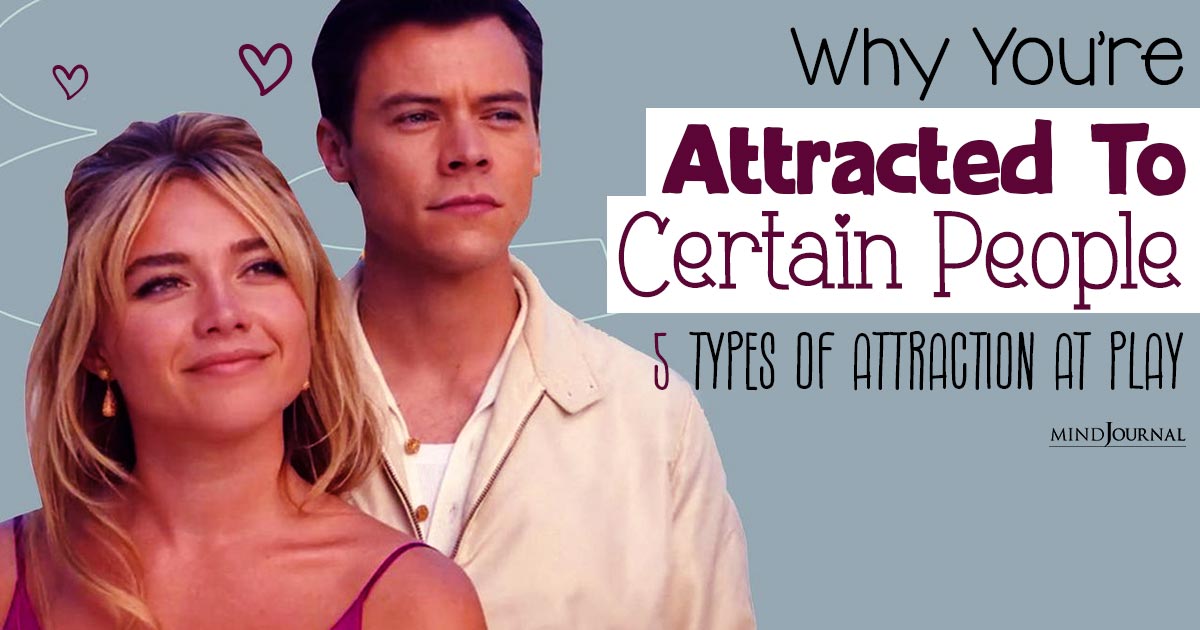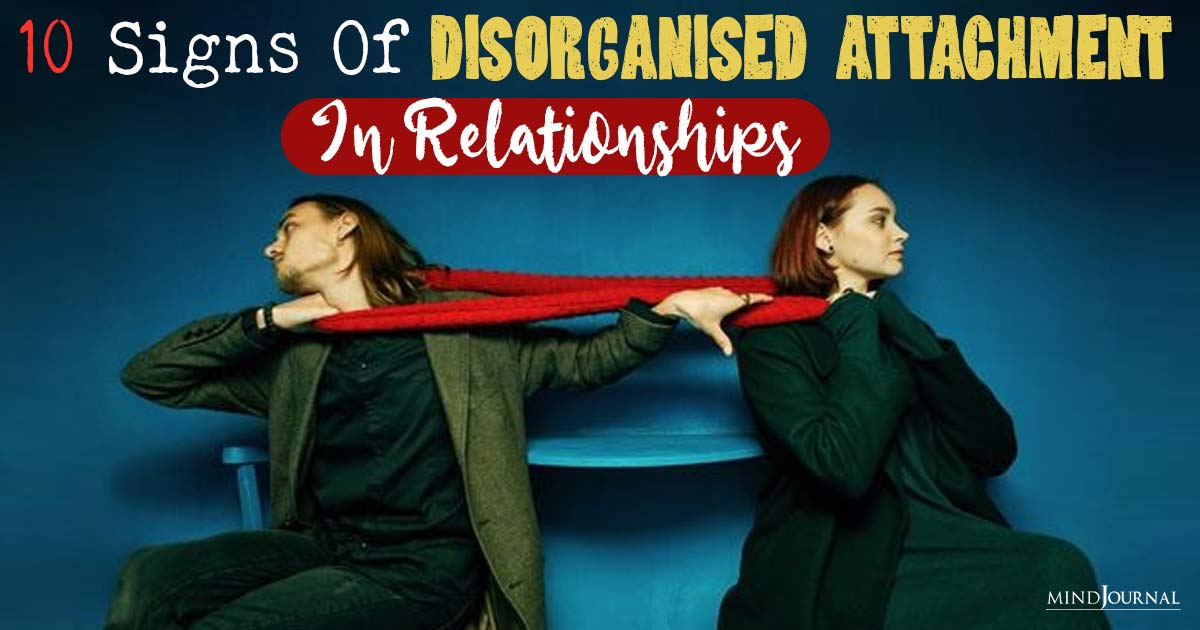The Attachment Theory: Our attachment style determines everything in our relationships… From who we want as our partners to how our relationships will end.
This article will help you understand how attachment patterns in adult intimate relationships are guided by the emotional bonds developed at the initial phases of childhood.
To start with, What is attachment?
Attachment is a deep and enduring emotional connection that connects you with another person across time and space.
What does the attachment theory say
The attachment theory was developed by British psychoanalyst John Bowlby. He believed that during the first six months of life, children need to develop a close emotional relationship with one primary caregiver.
That could be your loving mother or your caring father. This is important for the normal social and emotional development of every child.
When a child shares a strong emotional bond with their parents, it builds a secure attachment. This makes them feel safe and has a positive view of life. But when a child shares a weak emotional relationship with their parents, it leads to an insecure attachment. This makes them feel insecure, afraid and has a negative mindset throughout life.
John Bowlby believed that when infants are separated from their parents, they become desperate to find them. Not only do children try to prevent separation from their primary caregiver, they also try various things, like – crying, clinging, and searching – to find their missing parent.
According to Bowlby’s theory, these attachment behaviors are adaptive responses to separation from a primary caregiver who offers care, support, and protection.
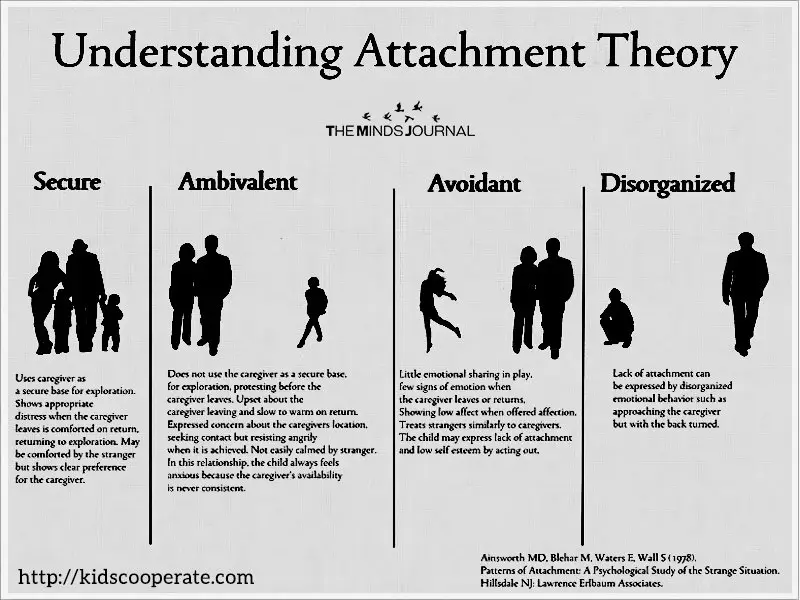
To put it simply, the attachment theory says that
If our bonding with our primary caregiver is strong, we develop a sense of security in us, we know that we have a safe place to return to, as such we grow up to be confident and positive adults who feel independent to explore around them.
However, if this bonding is not strong, there comes a sense of insecurity. The child either turns out to be an anxious individual or an avoidant personality or both. This hampers his trust in people and his surroundings which makes him reserved, negative, and lacking confidence.
Patterns of attachment
The pattern of attachment we develop helps us build and maintain an emotional connection with others and determine our intimacy in relationships.
Depending on the care a child experiences, there are four patterns of attachment that can develop in early childhood:
- Secure
- Anxious Ambivalent
- Anxious Avoidant, and
- Disorganized
How our attachment pattern affects us as adults
The bond we share with our parents as children are important for our subsequent emotional development.
Our childhood attachment patterns determine the overall attachment style in our adult life
- How we connect with someone romantically, and
- How we emotionally respond when a loved one is separated from us
Read: Attachment Theory Explains Why Your Relationships Fail
To understand the different attachment patterns in childhood and their effects on adult life, let us consider the stories of 4 best friends – Diana, Tina, Rebecca, and Allison
All of them are the best of friends and live with their respective parents, But they have very different stories running in their lives.
Let’s take a look. Shall we?
1. Diana’s story (Secure attachment)
Diana is a happy girl who loves her parents. Her parents love her and take good care of her. She feels secure around her parents and feels comfortable and confident to explore her environment in the presence of her parents.
However, she restricts her exploration when her parents are not around her. She becomes distressed and worried when her parents are not nearby or separated from her. But when she is reunited with her parents, Diana becomes happy again. She settles down and feels comfortable around them.
Diana is securely attached to her parents.
Secure attachment is considered as the best attachment classification. It has been observed that over 55% of children show secure attachment patterns in their parent-child relationships.
With a secure attachment style, Diana will grow up to be a secure adult who will:
- Have a positive self image
- Be empathic, forgiving and trusting
- Be comfortable in a warm, loving and emotionally intimate relationship.
- Know how to set appropriate personal boundaries
- Depend on her partner and allow her partner to depend on her
- Be available for her partner when needed
- Be dependent–independent in romantic relationships
- Accept partner’s need for separateness without feeling lonely or rejected
- Manage her emotions, openly communicate her feelings and will not avoid conflict
- Be a sensitive, warm and caring parent and responsive to her child’s needs
2. Tina’s story (Anxious-avoidant insecure attachment)
Tina is not too close with her parents. Her parents are often neglectful and punish her whenever she makes a mistake. You can say Tina’s parents are slightly abusive.
So Tina doesn’t feel too secure around her parents and often avoids them. Although she explores her environment in the presence of her parents, she is not much distressed in their absence.
When separated from her parents, Tina doesn’t really cry much. In fact, when she is reunited with her parents, Tina tends to ignore them.
This type of attachment is known as Anxious-avoidant insecure attachment.
About 20% of children show avoidant attachment patterns with their primary caregivers. Children in avoidant attachment relationships with their parents seem to avoid their primary caregivers.
With an avoidant attachment style, Tina will grow up to be an emotionally withdrawn adult who will:
- Avoid emotional connections, closeness and commitment in adult relationships
- Have a negative self image and a narrow emotional range
- Avoid intimacy through solitary activities and emotional withdrawal
- Be intolerant, critical, rigid, controlled, stoic and self-sufficient
- Be emotionally distant and rejecting in intimate relationships and prefer independence over intimacy
- Deactivate her emotions and attachment needs and keep partner at a distance
- Not be able to depend on her partner or allow her partner to depend on her
- Not communicate her feelings openly and avoid conflict leading to an outburst
- Be non-emotional, be excellent in crisis management and take charge when necessary
- Be detached, disengaged and emotionally unavailable as parent and neglectful to her child’s needs
3. Rebecca’s story (Anxious-resistant insecure attachment or Anxious-ambivalent attachment)
Rebecca is often preoccupied with gaining attention from her parents. She often controls her interactions with her parents to ensure that they remain available for her. This is because her parents are mostly unavailable to her and have an inconsistent and unpredictable response to Rebecca’s needs.
Rebecca is usually reluctant to explore her environment in the presence of her parents. When separated, she becomes extremely distressed. However, when reunited with her parents, Rebecca becomes angry, resists contact with her parents, and refuses to settle down.
This is known as Anxious-resistant insecure attachment or Anxious-ambivalent attachment.
Around 10% of children demonstrate a resistant pattern of attachment with their parents. The resistant attachment shows exaggerated attachment needs. Here, children may be preoccupied with getting the attention of their parents.
Due to inconsistent parent-child communication, Rebecca will grow up with an Insecure & anxious adult who will:
- Crave closeness and intimacy in relationships
- Have a less positive self image
- Be very needy, controlling, unpredictable, erratic and seek ongoing reassurance
- Be preoccupied with partner and constantly afraid of abandonment and rejection
- Have hyperactivate attachment needs and will be very clingy which will push her partner away
- Be highly sensitive to behaviors, moods and actions of partner and take them too personally
- Allow unresolved family issues from the past like emotional pain, fear, anger & rejection, to affect her current relationship
- Be overly emotional, moody, controlling, blaming, angry, combative and argumentative with poor personal boundaries
- Have uncollaborative communication and fail to understand her responsibilities in the relationship
- Be erratically attuned with her own children and will respond unpredictably to their needs
4. Allison’s story (Disorganized attachment)
Allison mostly feels unhappy in her life. She feels dazed and disoriented and behaves confusingly most of the time. She doesn’t feel secure around her parents due to inconsistent behavior, maltreatment, and abuse from them.
For Allison, her parents are a source of both fear and comfort. And this is why she lacks any clear pattern of attachment. As a result, she displays disordered behaviors in presence of her parents.
This is known as Disorganized attachment or Disoriented attachment.
About 15% of children demonstrate disorganized attachment with their primary caregiver. This pattern of attachment is considered a severe form of insecure attachment.
Growing up with abusive parents, Allison will develop a disorganized attachment style as an adult, who will:
- Have a negative self image
- Likely be in an unhealthy and toxic relationship
- Be abusive herself and be aggressive, insensitive and untrusting
- Become very chaotic, desperately craving emotional security in intimate relationships
- Have unresolved thoughts, emotions and attitude
- Will be traumatized by past abuse, experiences, memories and losses that have not been not resolved
- Be unable to accept emotional closeness in romantic relationships and unable to regulate emotions
- Be angry, argumentative, aggressive, punitive and abusive in dysfunctional relationships to recreate childhood patterns to avoid pain
- Have narcissistic and antisocial tendencies and lack remorse and empathy. May indulge in substance abuse, criminal behavior and experience depression & PTSD.
- Have a fear-based parent–child interaction and may abuse and mistreat her own children. May try to fit her children into her own past unresolved attachments.
Read: How Your Attachment Style Affects Your Relationship
Childhood attachment and adult relationships
Although attachment patterns with our parents play a vital role in determining our future relationships, it doesn’t necessarily have to define us as adults.
You have the ability to change your mindset and behavior within your current relationship. By being aware of and understanding your attachment styles as a child and how it is connected with your adult interactions, you can improve your existing adult relationships.
If you have insecure attachment styles, then you can seek professional help to bring about the necessary changes in your life. You can also choose a partner with a secure attachment style and work on improving yourself to become more securely attached and emotionally connected.
Being aware of your attachment style can help you challenge your insecurities. It can empower you to develop new patterns of attachment to build a loving and satisfying relationship as an adult.
Read: How To Change Your Attachment Style
What attachment style do you have? Do you have a secure attachment? Or an insecure attachment? Share your story with us in the comments section below.
